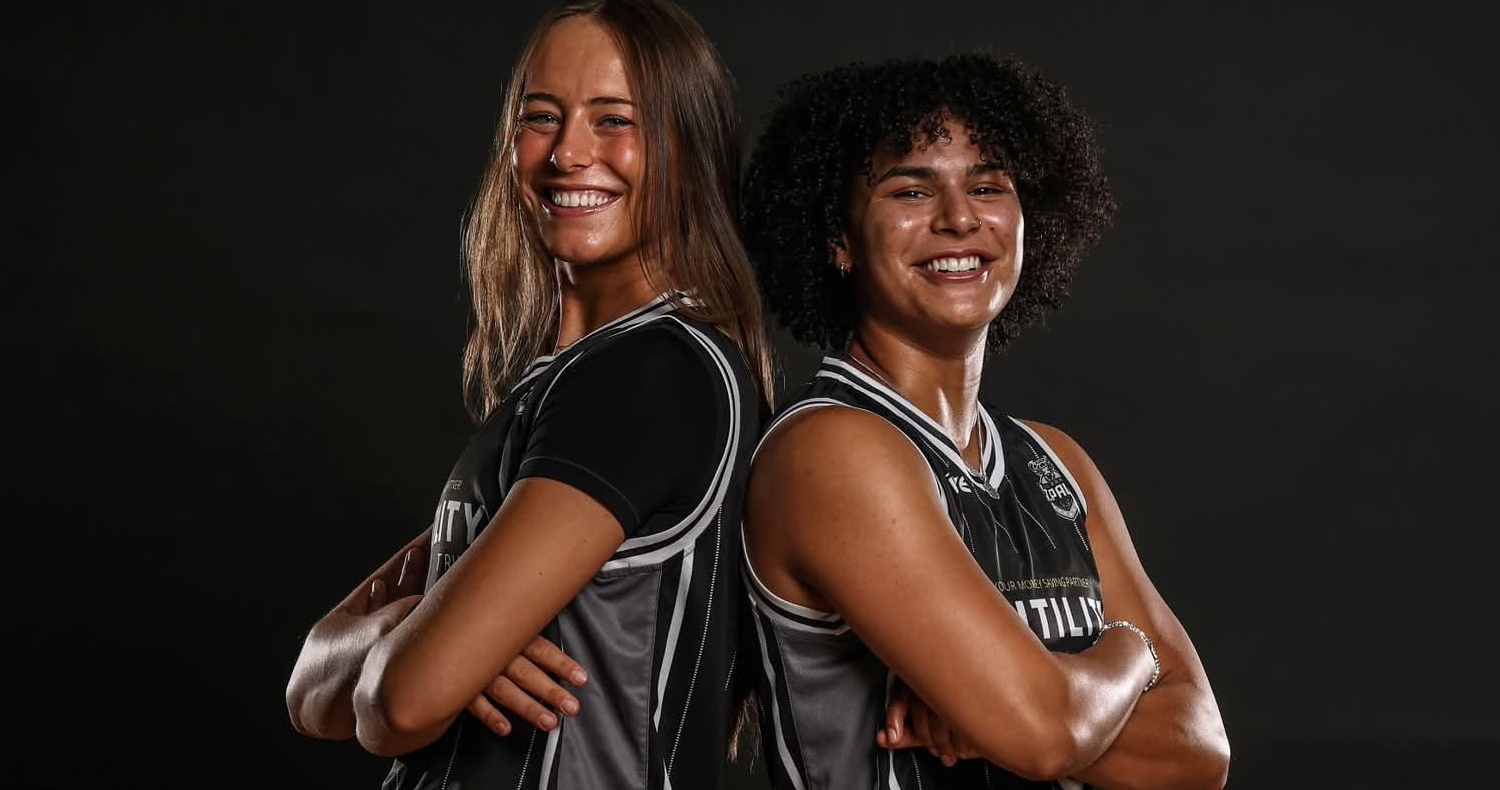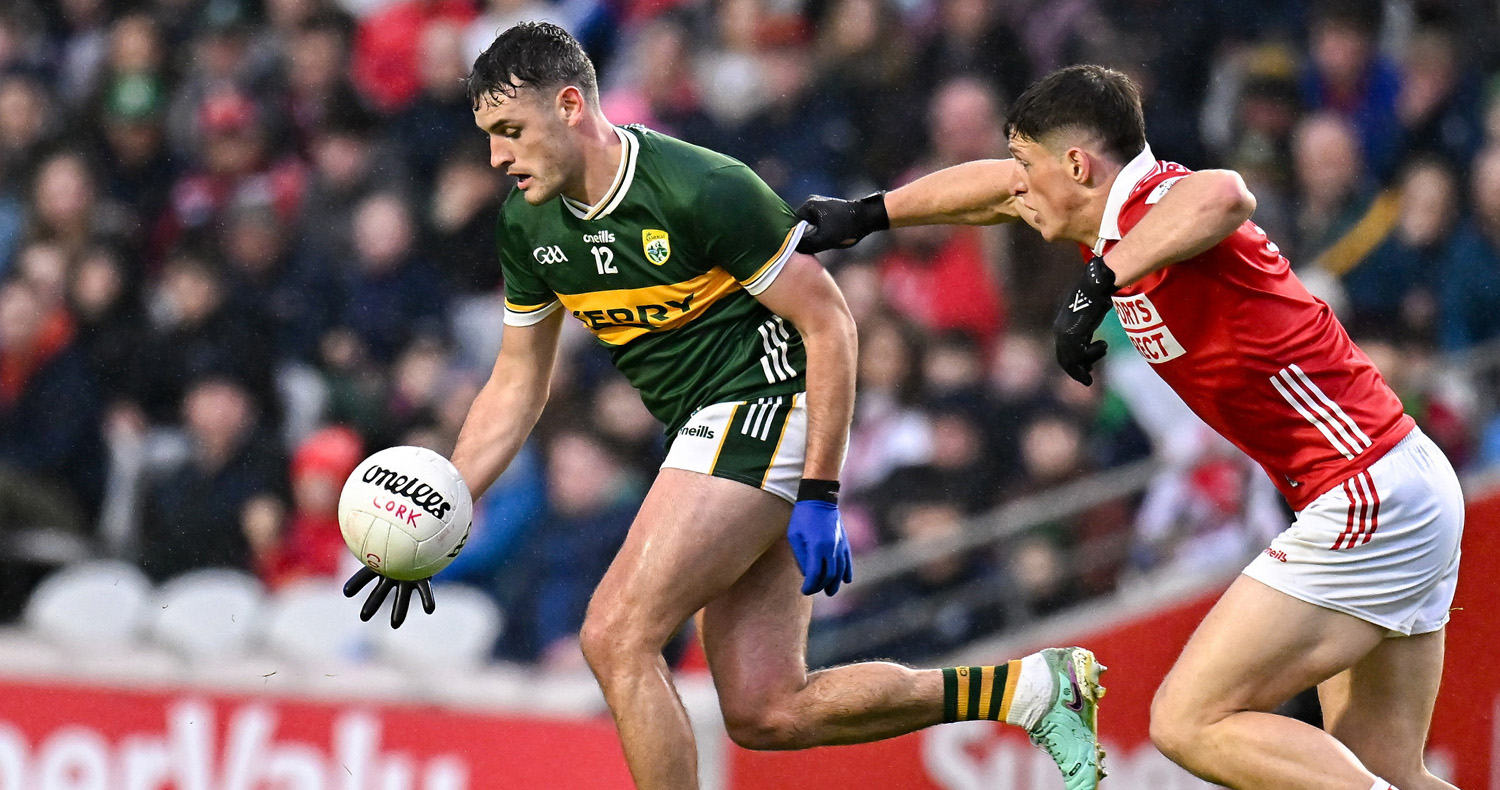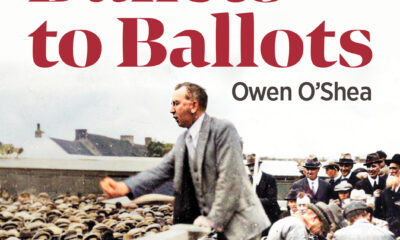Sport
Which end is the “scoring end” at the Fitzgerald Stadium?

Every pitch has one, but what makes it “easier” to score into one goal than the other? Adam Moynihan investigates this strange phenomenon.
Your team is down at half-time and struggling. After a quick bout of soul-searching, maybe even some finger-pointing, the manager tells you to settle down as he launches into a season-defining team talk. More of this, less of that, these lads aren’t up to much etc. etc. You bounce on your toes and head back towards the pitch, but there’s still time for one more nugget of encouragement. One line that will render your lacklustre first-half performance meaningless, banish all self-doubt and restore the confidence you need to stage a heroic comeback.
“We’re playing into the scoring end as well, boys.”
On the surface it might seem like a silly thing to say, especially to the uninitiated. The posts are the same width at both sides of the pitch. The crossbars are the same height. It’s the very same patch of grass. But ask any footballer if they have a favourite end to shoot into and the answer will be a resounding ‘yes’.
For some reason players do feel as though they find it easier to score at one end of the ground, and whatever ground you’re at, there tends to be an overwhelming consensus between players (both home and away), officials and supporters as to which end is the “scoring end”. Everyone knows without really knowing why. Can this odd phenomenon be explained logically, or is it pure superstition?
THE PARK
The home of football is probably as good a place as any to start our investigation and the majority of people say that in Killarney’s Fitzgerald Stadium, the Lewis Road end is easier to kick into than the scoreboard end. I reached out to a number of Kerry players past and present and the majority agree that it is tougher to play down into the scoreboard end of the ground.
But why? They say the wind is the primary factor and some amateur meteorology on my part confirms that our prevailing south-westerly breeze would tend to blow from the Torc Terrace corner of the stadium (between the stand and the scoreboard terrace) diagonally across the field to the far corner of the terrace side.
That much makes sense. Now, let’s see if the stats back this up.
In Kerry’s last 10 matches in Killarney dating back to 2017, 181 points (including goals) have been scored into the Lewis Road end - and a total of 202 points have been registered at the scoreboard end.
That means that on average Kerry and their opponents have managed 2.1 points per game less while shooting into the supposed “scoring end”.
If we isolate Kerry’s totals in these matches, we see that the home team have kicked or punched 112 points playing into the “scoring” goal, and 116 points down in front of the scoreboard.
The opposition, meanwhile, have found the scoreboard end far more appealing. They have racked up 86 points at that side of the pitch, while notching just 69 at the Lewis Road end.
However, if we look a little closer, we notice an interesting trend. Points scored over the bar are identical at both ends of the pitch (160), but twice as many goals have been scored at the scoreboard end (14 versus 7). This is, perhaps, where the famous wind comes into play. As it is more difficult to kick points into the breeze blowing down from the scoreboard side, Kerry and their opponents seem to be going for goal more often when playing in this direction. The Kingdom have managed six goals in their last 10 halves of football facing the scoreboard, compared to four going the other way.
Their opponents have fared even better in this department, scoring eight goals into the scoreboard end and just three into the Lewis Road net.
Having said that, both home and away teams are still managing to score the same amount of points playing into the “scoring end” as they are playing into the “bad end”.
So, if this statistical snapshot is anything to go by (which, in fairness, it might not be considering it only covers intercounty matches played at the stadium since 2017) this idea that the Lewis Road end is easier to score into appears to be psychological.
Kerry's last 10 matches at the Fitzgerald Stadium (both teams combined):
Lewis Road End: 7 goals, 140 points (181)
Scoreboard End: 14 goals, 160 points (202)
Kerry's last 10 matches at the Fitzgerald Stadium (Kerry):
Lewis Road End: 4 goals, 100 points (112)
Scoreboard End: 6 goals, 98 points (116)
MINDS
Nevertheless, the fact remains that every ground has its “scoring end”, and without vast swathes of empirical data to debunk the notion, it will continue to play on people’s minds.
A poll carried out on my Instagram (@AdamMoynihan) confirmed that all of the local pitches have commonly defined scoring ends. For Dr Crokes, it’s the town end near Deerpark Pitch & Putt course. One player said that it always seems to be brighter at that side of the pitch, which could be explained by the fact that the opposite end is more sheltered with high embankments on all sides of the ground. Another described the scoreboard end goal as “deceptive”, and I have a theory on this myself.
As a handy free taker (and by that I mean “a taker of handy frees” as opposed to “a handy taker of frees”), I’ve always found it tricky to shoot into goals with open spaces behind them.
At Crokes, the top goal has an open area behind it and I think it’s harder to gauge distance when kicking into this kind of backdrop. With no fixed points immediately behind the target, it can feel like the posts are miles away.
The same can be said of the top goal at my home ground in Derreen, which has a second pitch running directly up behind it. Legion folk will tell you that the scoring end is down towards the car park and I can definitely attest to the fact that, psychologically at least, it feels easier to play that way.
There may be another reason that I personally prefer shooting into that goal, and it could also explain why every home team has a favourite end: familiarity. We almost always warm up at the clubhouse end, training drills are often staged there, and whenever I would go for a kick on my own, I would tend to kick into that goal more often than the top one. I would say that the vast majority of clubs and players are the same.
We are creatures of habit so it stands to reason that the more we train in a certain environment, the more comfortable we are there, and this transfers over to match situations.
For Spa, the goal at the road end is considered to be the easier one to score into, something the natives attribute to an apparent slope in the pitch. Maybe it’s a simple trick of the eye but if there is even a very minor decline, perhaps that could make a slight difference. Once again, backdrop may be a factor: the top goal has a wide open space behind it.
The same can be said for Fossa, who also have another pitch behind their top goal. Players seem to agree that the road end, which has a neat row of trees serving as a backdrop, is the “scoring end”.
Kilcummin’s pitch is a slight anomaly with regards to the backdrop factor. The scoreboard end is thought to be more favourable for forwards, but it is the supposed “bad end” that is more enclosed. However, it might actually be slightly too enclosed. The wall of tall, dark trees immediately behind the goal makes for an imposing structure, which, perhaps, is slightly off-putting for would-be scorers. I always found it tough to kick points up there anyway, although it would probably be unfair to blame that on the conifers.
Maybe it’s the prevailing wind. Maybe it’s familiarity. Maybe it’s the slant of the pitch. Maybe it’s the backdrop. Or maybe it’s all in our heads. Whatever the reason or reasons, scoring ends exist and in the ultra-competitive world of the GAA, their existence will continue to be a source of comfort to desperate teams in desperate times.
We might be down 10 points, but we’re playing into the scoring end this half. Anything is possible.















